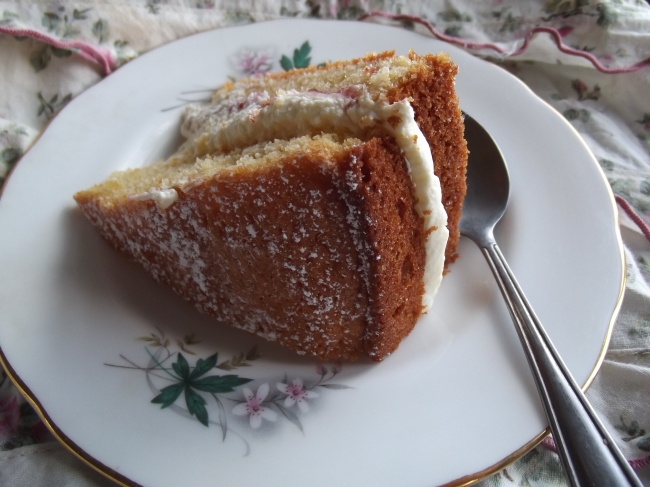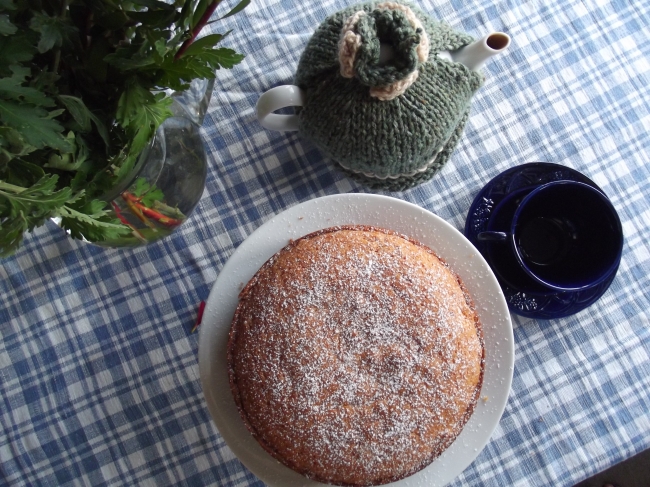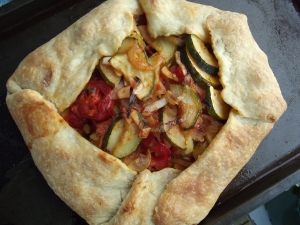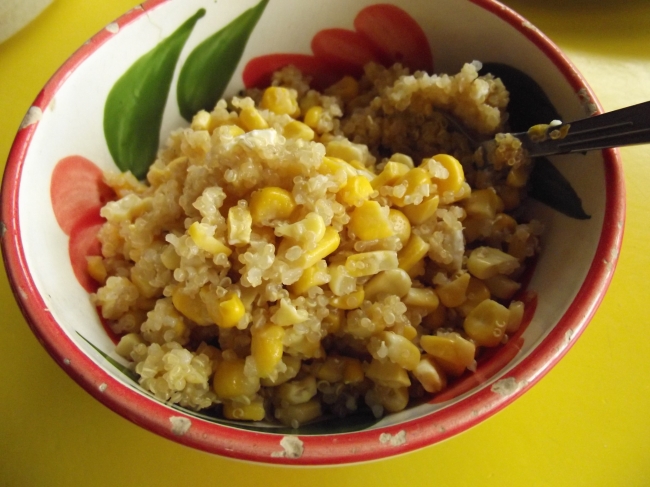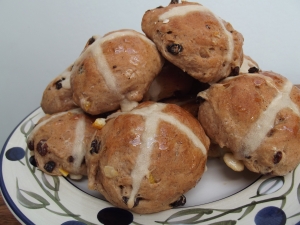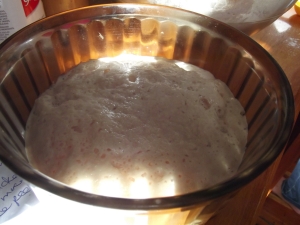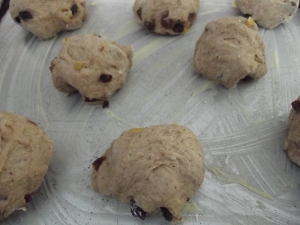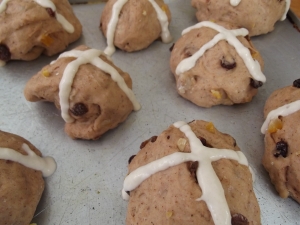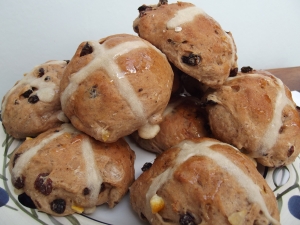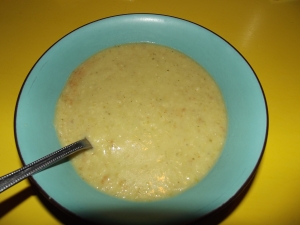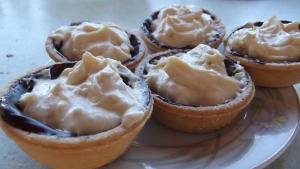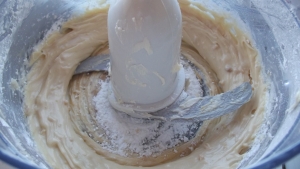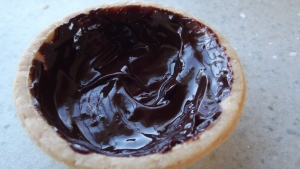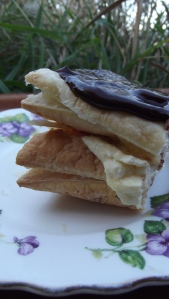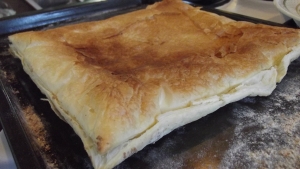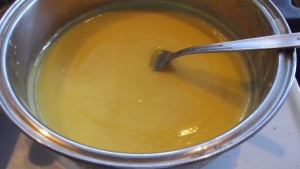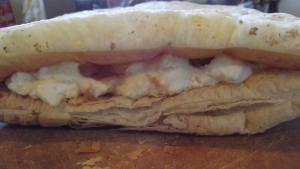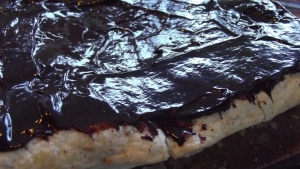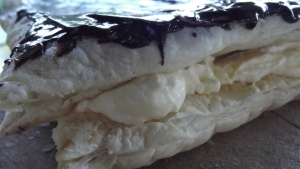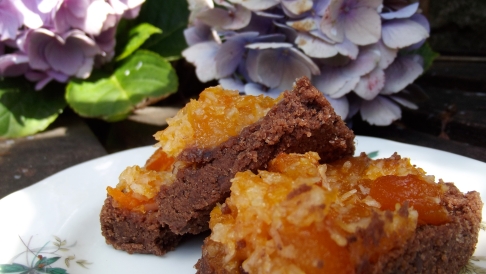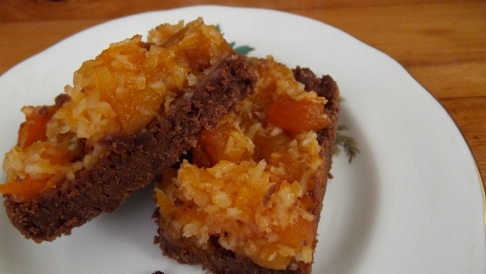Tags
Cream, jam, sponge, tea, victoria sponge
Here’s this week’s salient column…
Fashionable baking is great, but sometimes it can get a little boring. More cupcakes? Cake pops (which are just cupcakes on sticks)? And don’t get me started on frosting shots. Sometimes what you want is something classic and traditional. This cake was, like our favourite academic institution, named after Queen Victoria. The Victoria Sponge would originally have been a children’s cake: it was believed to be dangerous to feed children rich seed or fruit cakes, so plain ones were chosen. Later it found its way to adult tables, and aren’t we glad it did.
This cake is a rich sponge, yellow from the butter and egg yolks. The plain buttery cake makes a wonderful contrast to the thick middle layer of cream and jam. Although the usual filling is just jam and cream, this is delicious with berries in the middle as well. It’s definitely amongst the best.
Victoria Sponge (serves 8)
175 g butter
175 g white sugar
3 eggs
1 teaspoon vanilla essence
175 g white flour
2 teaspoons baking powder
5 tablespoons jam
1 cup cream, whipped
Icing sugar, for dusting
Preheat the oven to 180°C. Warm the butter until soft. Cream (mix briskly) the butter and sugar together until light and fluffy; this can be done with a fork, egg beater, or electric mixer. Add the eggs one at a time, beating well after each one. Add the vanilla and beat again, making sure it is smooth and fluffy. Slowly add the flour and baking powder to the egg mixture. Beat for a few minutes, until the batter is very smooth and fluffy. The final result should be almost the texture of mock cream.
Place in a well greased circular tin, about 20 cm diameter. Alternatively, you can use two tins, and split the batter between them. Bake until the top is light brown, the cake has pulled away from the sides, and the top springs back if gently pushed. For two tins, this takes around 20-25 minutes, for a single tin about 45. Do not open the oven door while baking until quite far through the cooking time, or the cake might sink. When done, remove from the oven and cool for a minute, then take out of the tin and cool completely. If one cake, cut in half. Fill with a layer of jam and whipped cream, sandwich cakes together, and dust the top with icing sugar. Serve at once.

